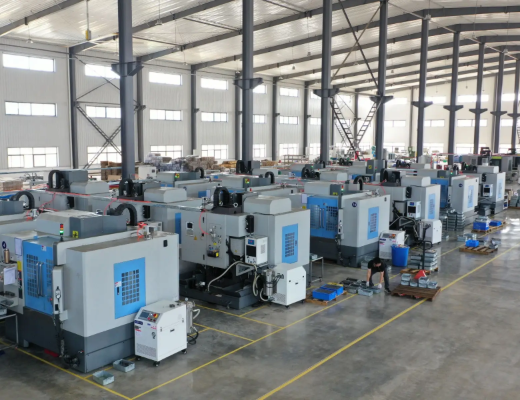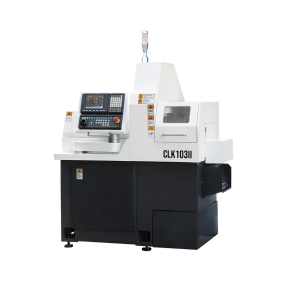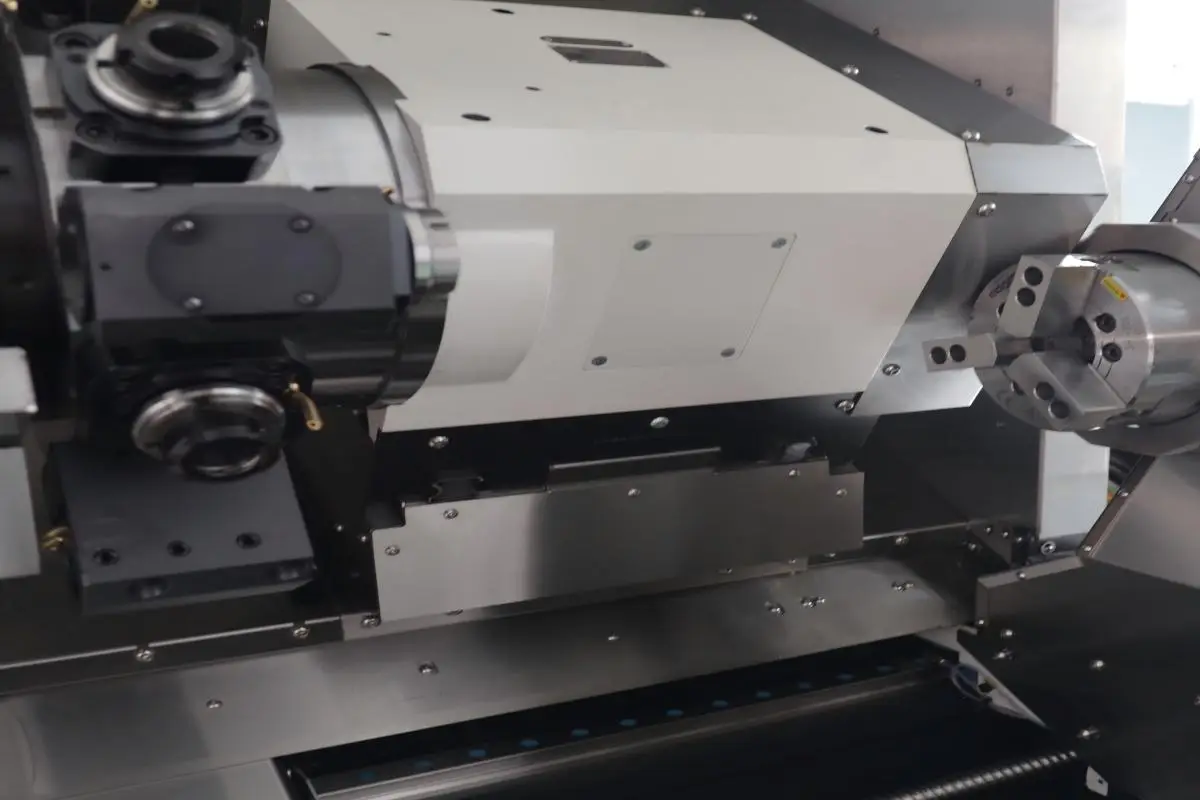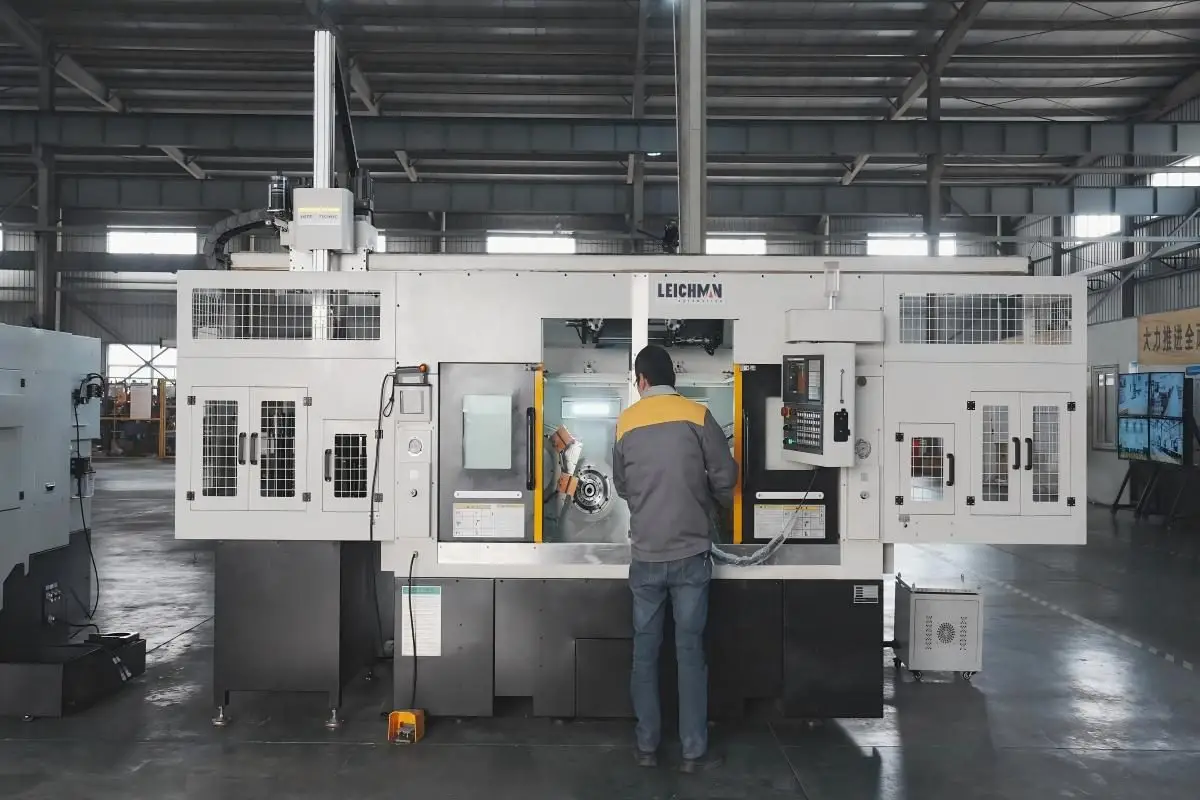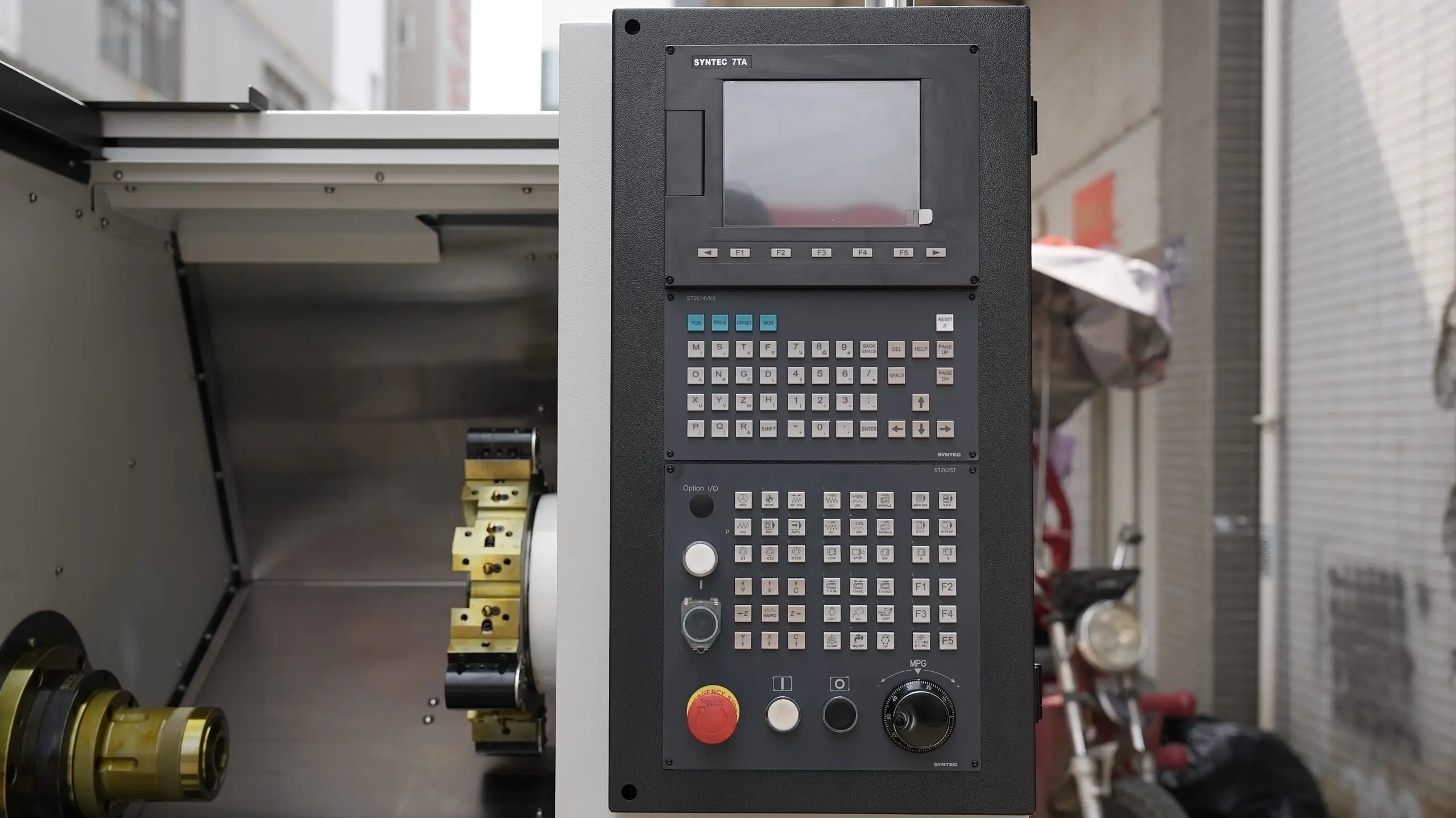Setting up a CNC lathe with live tooling is a critical step for businesses aiming to enhance their machining capabilities. For clients, understanding the intricacies of this setup can lead to improved efficiency and precision in production. This article outlines essential steps and considerations for effectively configuring a CNC lathe with live tooling, focusing on insights that will benefit your operations.
Understanding Live Tooling
Live tooling refers to the ability of a CNC lathe to perform milling operations while the workpiece is rotating. This feature is essential for creating complex geometries and reducing the need for multiple setups, ultimately saving time and resources. When selecting a CNC lathe with live tooling, it’s important to consider the machine’s capabilities and how they align with your production needs.
CNC lathe manufacturers often provide models that integrate live tooling, allowing for enhanced versatility. If you’re in the market for a CNC lathe and milling machine, ensure that the live tooling options meet the specifications required for your projects.
Preparing the CNC Lathe
Before diving into the setup process, it’s vital to prepare the CNC lathe properly. Start by ensuring that the machine is clean and free from debris. Check the coolant levels and ensure that the tool holders are compatible with both turning and milling operations.
Once the machine is ready, configure the control parameters to accommodate live tooling. This includes setting the appropriate spindle speeds and feed rates. Many CNC lathe manufacturers provide detailed manuals and guidelines for setting up live tooling, so be sure to consult these resources to avoid potential issues.
Tool Selection and Installation
Choosing the right tools for live tooling operations is crucial for achieving the desired results. Select tools that are specifically designed for milling operations, ensuring compatibility with your CNC lathe. Consider factors such as material, geometry, and coating, which can significantly affect tool performance and longevity.
When installing the tools, ensure they are securely fastened in the tool holders. Proper alignment is essential to avoid vibration and inaccuracies during machining. After installation, perform a test run to verify the setup and check for any adjustments needed.
Optimizing Your Setup for Efficiency
Once your CNC lathe is set up with live tooling, the next step is to optimize the configuration for maximum efficiency. Regularly monitor the machining process and adjust parameters as needed based on performance feedback. This may include tweaking spindle speeds or feed rates to enhance productivity.
Additionally, keep an eye on tool wear and replace tools as necessary to maintain quality. Engaging with CNC lathe manufacturers can provide insights into best practices and maintenance schedules, ensuring that your equipment remains in peak condition.
Enhancing Machining Capabilities with Live Tooling
Setting up a CNC lathe with live tooling can significantly elevate your machining capabilities, allowing for more complex operations in a single setup. By understanding the intricacies of live tooling, preparing your CNC lathe correctly, and selecting the right tools, your business can achieve greater efficiency and precision.
The Leichman CLK103II Swiss-type CNC lathe is an excellent choice for businesses looking to leverage live tooling in their operations. By utilizing the features and capabilities of this machine, you can streamline your production processes and deliver high-quality results.
